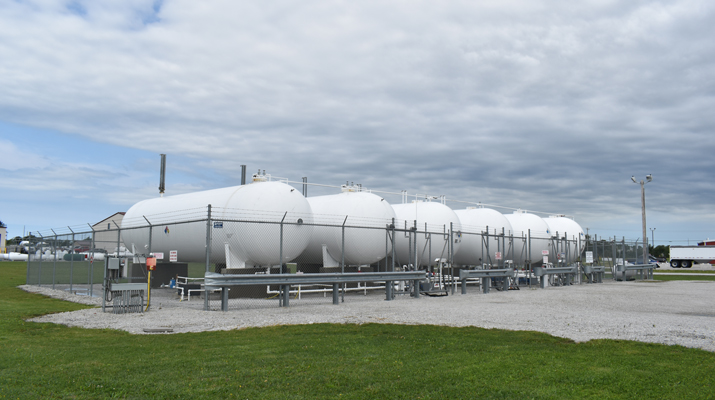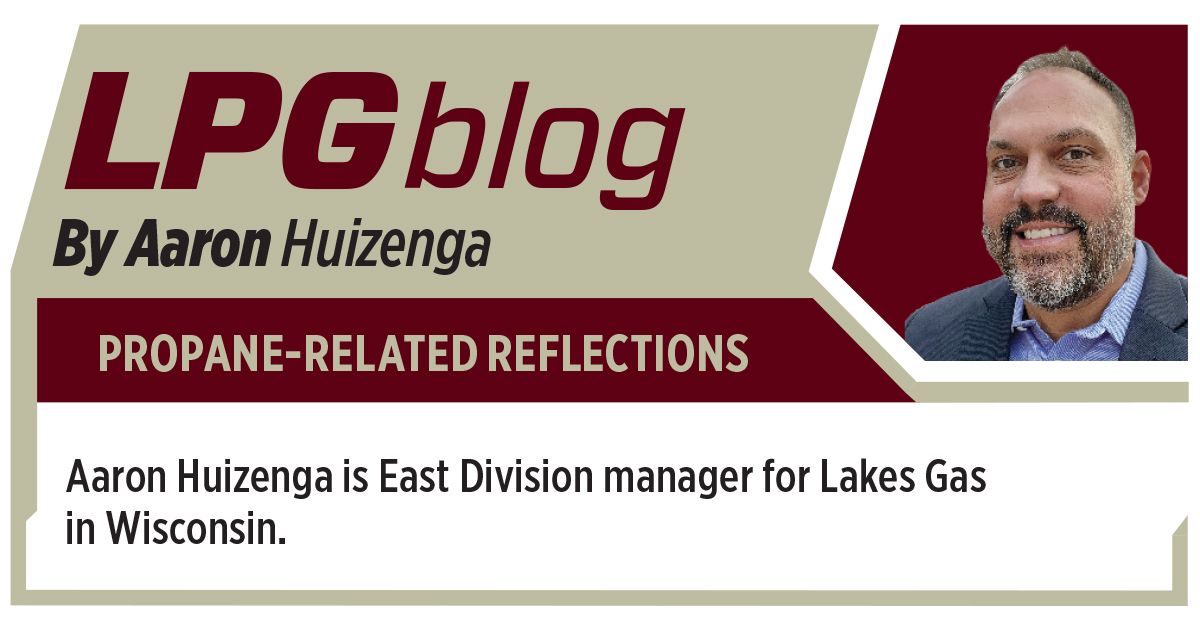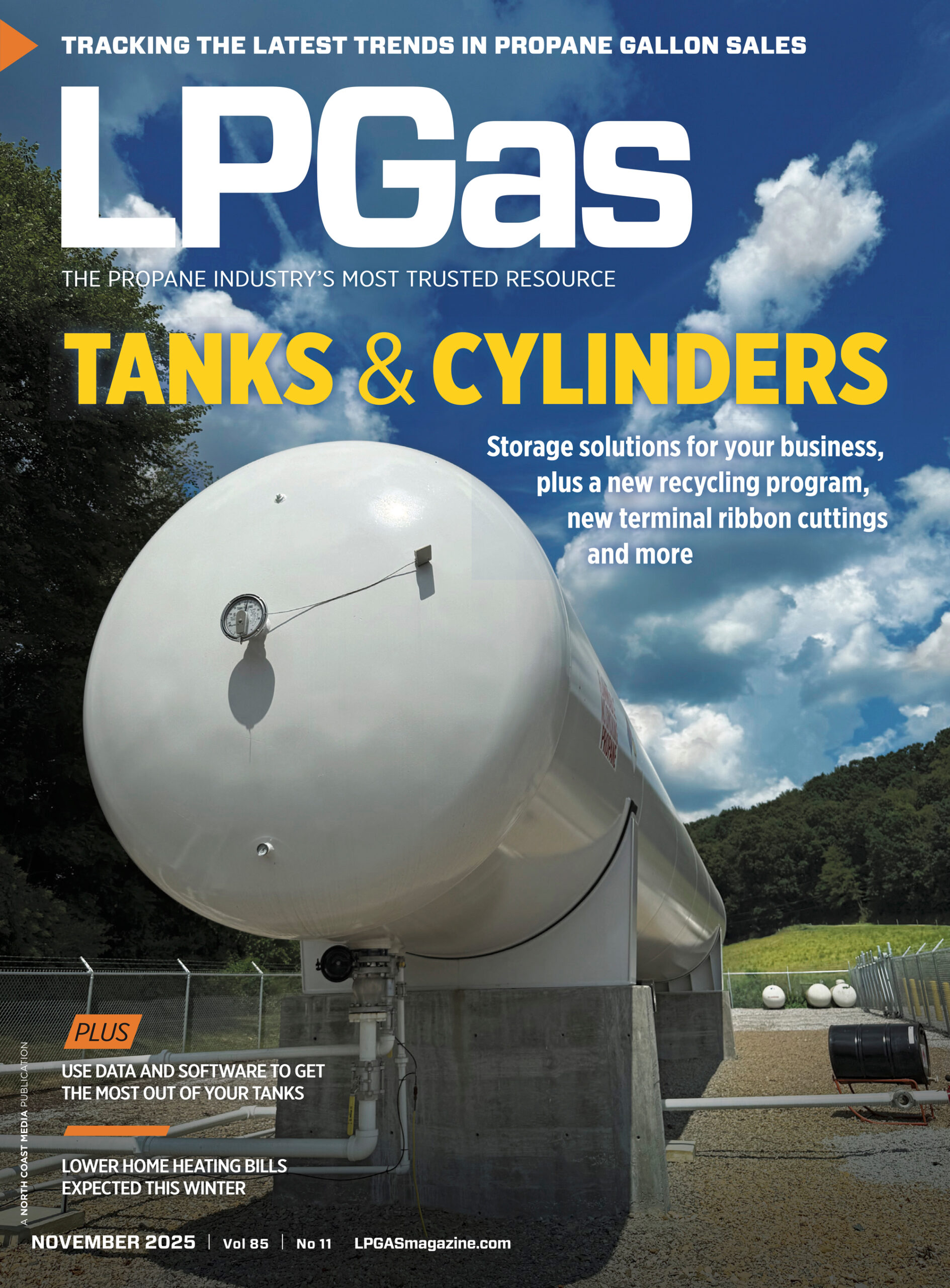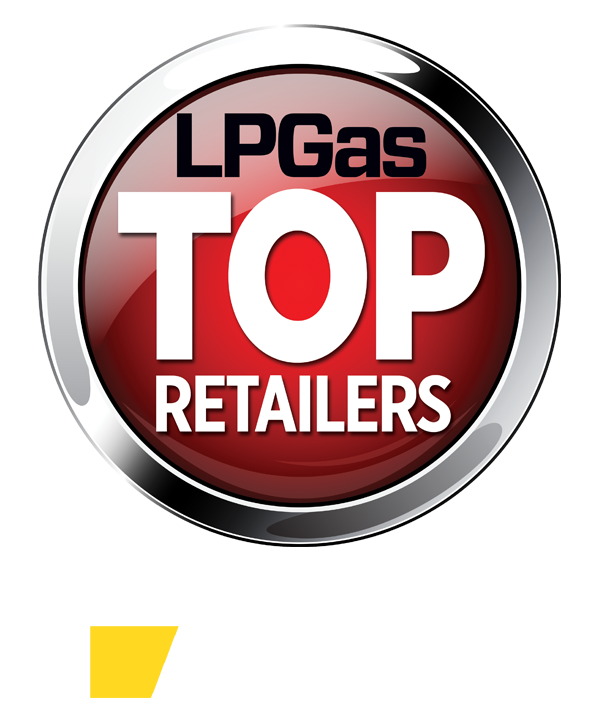What’s trending in propane autogas
To get a sense of the opportunities and trends taking place in the propane autogas market today, LP Gas asked several autogas system providers for their perspectives. Here’s what they told us.
▶ Comfort level with autogas on the increase
In an interview with LP Gas at the LP Gas Growth Summit, Precise Alternative Fleet Solutions shared how it’s seen a greater acceptance of autogas within the propane industry. The Florida company calls itself “nonbiased autogas specialists” who provide sales, technical support and strategies to companies seeking to grow in the autogas market.
“They understand where they want to be in autogas; they understand what the industry has done in the past with autogas,” says CEO Ronny Martinez of industry members becoming more knowledgeable about autogas. “The feedback as to how we work together in the future has, to me, the biggest impact.”
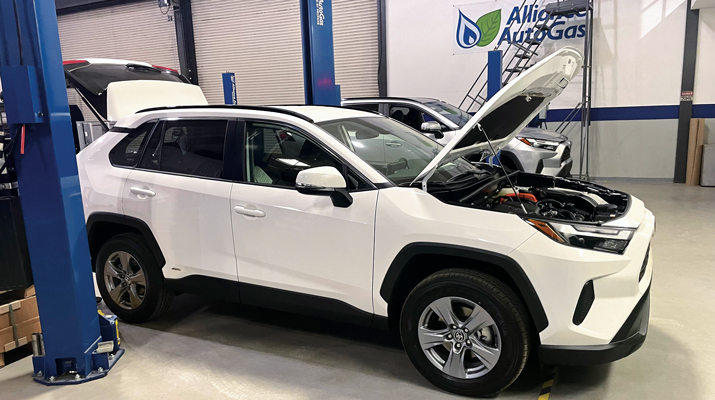
Whereas Precise used to hear the basic questions like those involving refueling strategies, discussions now center on more technical aspects of the business, such as vehicle size, mileage and range possibilities for fleets running on autogas.
“How do we maintain? How do we stay running on autogas?” are more of the discussion points of today, according to Precise President John Delcorpo.
“Every potential customer is so unique, so we devise a plan from top to bottom,” he explains. “Some companies have 40 trucks [operating] within a 30-mile radius. Some companies have 100 trucks in a 600-mile radius. So, we devise all the plans, the strategies and logistics to make sure autogas works best for their benefit and their customers’ benefit.”
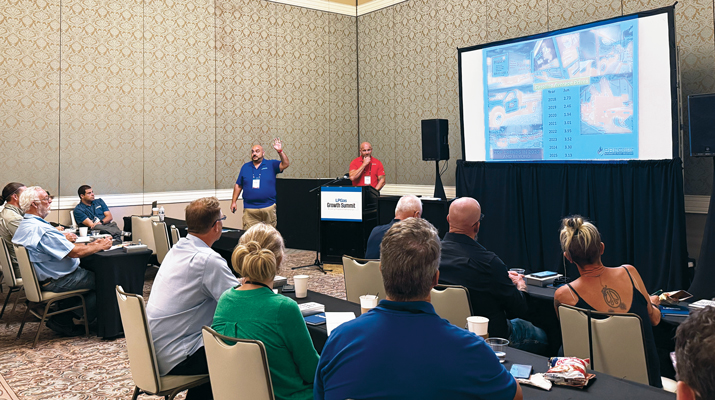
▶ Hybrid propane/electric vehicles trending
As Tyler Rhew, relationship coordinator of Alliance AutoGas, reflects on the recent sales of autogas systems, he has noticed one trend in particular: The popularity of hybrid propane/electric vehicles is steadily rising.
According to Rhew, two primary components stand out. First, hybrid platforms – across the entire automotive industry – have been popular with drivers and fleets. Not to mention, the overall population of hybrid vehicles has increased and will likely continue to do so.
Rhew believes this trend first began around 2019. Since the trend has only become more noticeable each year, he thinks more autogas system sales will be associated with hybrid propane/electric vehicles.
“OEMs will continue to introduce hybrids into the market,” Rhew says. “Autogas systems sales will follow suit with that.”
Aside from this trend, Rhew thinks another one is about to begin: a significant comeback for the shuttle van market. A primary reason? Since the end of COVID-19, transportation groups have been reorganizing their operations, including the ways in which they run their routes and vehicles.
Transportation groups have moved away from larger buses and routes while running smaller vans and shuttles, along with rideshares, instead. This transition is a direct result of the recent decline in passengers, along with the rise in other on-demand transportation options that weren’t as readily available before.
“In addition, transportation groups are moving away from diesel,” Rhew adds. “Now they can run smaller buses that are spark-ignited, and they don’t have any of the aftertreatment that diesels have, either.”
The bottom line? Efficiency is the name of the game. Hybrid propane/electric vehicles and shuttle vans offer the efficiency that drivers and transportation groups are seeking while providing long-term sustainability.
“Once hybrid propane/electric vehicles move into the work truck space, they’ll become even more popular,” Rhew predicts. “That hasn’t happened quite yet. But that day is coming – and likely soon.”
▶ Propane vehicle engines and parts business going strong
While looking back on 2025, Albert Venezio, CEO of Icom North America, is feeling positive about the future. After all, he has noticed a substantial rise in sales in three key market segments: propane vehicle engines, automotive and propane parts, and propane vehicle systems.
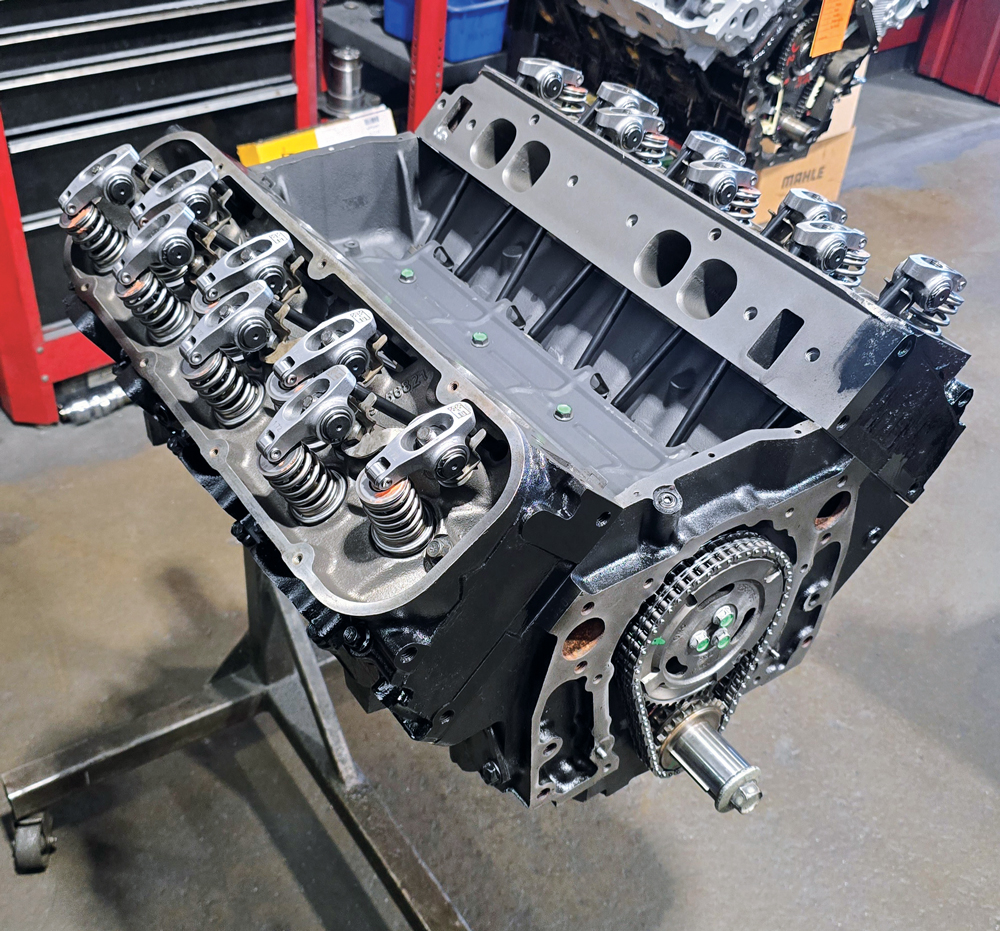
Regarding engines – for bobtails, school buses, shuttles and work trucks – Icom has invested in a propane industry gap: 8.0- and 8.8-liter propane engines and parts.
“We partnered with a long-time quality engine rebuilder and sold hundreds of engines the past year with great results,” Venezio says.
Icom has developed over 150 new automotive and propane engine parts, which will replace PSI engine parts. According to Venezio, there is a “thirst” for 8.0- and 8.8-liter engine parts that have been developed for S2G bobtails and trucks, along with IC buses and shuttles.
To market these propane engines and parts, Icom has advertised in trade magazines, reached out to its extensive propane and fleet client base, and contacted potential clients directly. By doing so, it has supplied its propane engines and parts to many propane companies and school bus companies and dealers.
Currently, Icom has over 150 propane and auto parts for 8.0- and 8.8-liter engines. It also has a majority of GM 8.1-liter engines’ propane and auto parts; each 8.1-liter engine was built between 2006 and 2013.
“We were the genesis of the 8.1-liter projects,” Venezio emphasizes. “We have supported them ever since and will continue to.”
Venezio is excited about increasing Icom’s GM engine distribution. Additionally, he’s focused on boosting its automotive parts selection to support 8.0-liter and 8.8-liter propane engines. Due to Icom’s steady business boom, its export markets are increasing too, notably in Africa, Canada and the Caribbean.
“We’re also developing new propane vehicle systems for many fleet vehicles for early 2026,” he says. “I can’t share the details yet, but I will in January 2026.”
▶ Retailer experiences with autogas
LP Gas also spoke with several propane retailers at the LP Gas Growth Summit who are using autogas in their operations.
“We have an autogas plant conveniently located on Interstate 94 between Detroit and Chicago, and all three of our active bobtails use propane, and our crane trucks are dual-fuel and use propane. We think it’s very important to use the product that we deliver and sell ourselves. And so we find it to be cleaner, less expensive and again, it’s the product we sell.” – Christopher Caywood, president, Caywood Propane Gas
“We have some bobtails that run off of propane.” – Casey Dell, operations manager, American Distributing Co.
“We’ve got some accounts that are schools, so we do supply some school buses. We do have three trucks that are on propane. [We] would like to get some more in the future.” – Carl Fox, vice president, Cross Country Propane
“We do provide fuel for several bus companies in Minnesota and Wisconsin. We are trying to expand that portion of our business. … We’re hoping to get some more service vehicles on propane.” – Anthony Buck, vice president, Lakes Gas
“Every vehicle runs on propane. Every vehicle, including my personal [vehicle].” – Dennis McCarthy, president, Glades Gas & Electric Corp.
Related Articles
How to tap into growing propane markets like autogas
Know the refueling options available to your autogas fleet vehicle customers








